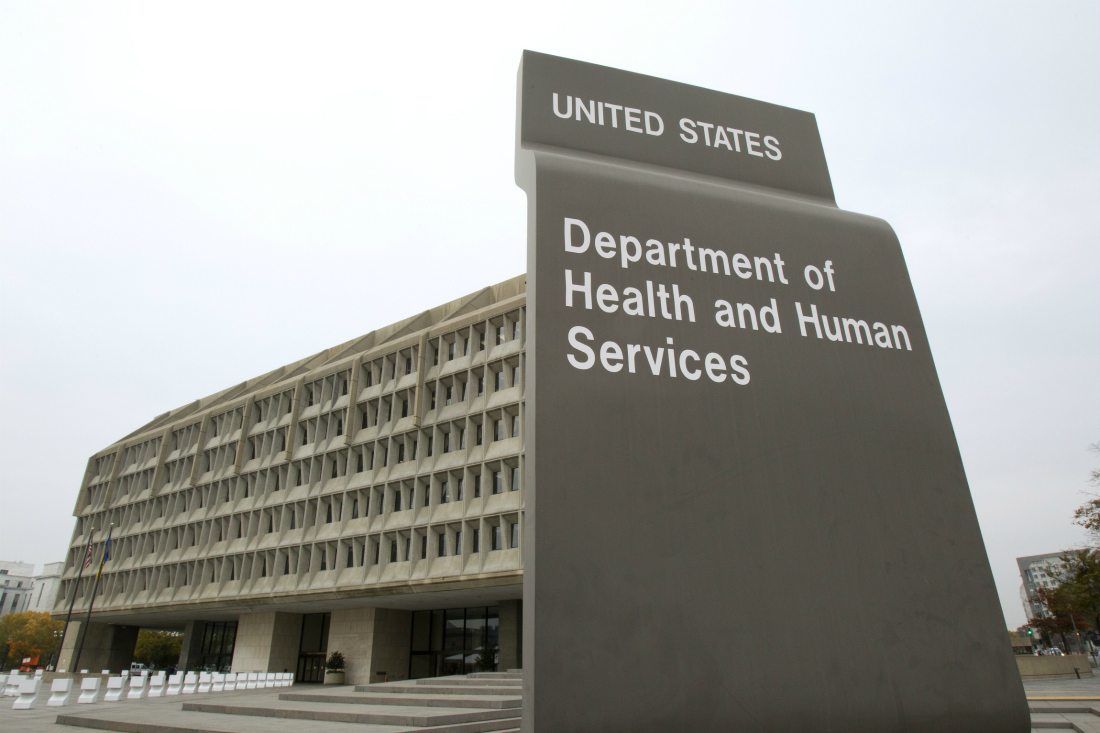19-year-old Canadian girl dies after taking common abortion pill
02/02/2023 / By Cassie B.

A 19-year-old in Canada has died after taking a popular abortion pill with listed side effects including sepsis and death.
An online system managed by the Canadian government for tracking adverse reactions to pharmaceuticals indicated that a 19-year-old girl who took the abortion pill to end an unwanted pregnancy died of septic shock.
According to information about RU-486, a chemical abortion pill, listed on the website for Health Canada, women who take the pill are taking on the risk of serious harm and potentially even death.
The product’s monograph clearly states a risk of both sepsis and infection and goes on to warn: “Cases of serious bacterial infection, including very rare cases of fatal septic shock, have been reported following the use of Mifegymiso.”
“Clostridium sordellii infection was observed in some women without abdominal pain or fever, that progressed rapidly to multi-organ failure and death.”
Despite these dangers, Health Canada approved the pill in 2015.
Unfortunately, the pill is often touted as a safer alternative to a surgical abortion that many people do not think twice about taking. It is even referred to as a “medical abortion” or “medication abortion” in an attempt to give it some legitimacy to the fact that a baby is being intentionally killed.
It consists of a two-drug combination pill. First, the mother is given a mifeprestone pill. This blocks the progesterone in her body, which is a hormone the pregnant women naturally produce to sustain and nourish their pregnancy. This has the effect of starving her growing embryo to death, which causes it to detach from the uterine wall.
24 to 48 hours later, the woman must then take a second pill called misoprostol to cause uterine contractions that allow them to expel their dead baby. This is often accompanied by significant bleeding.
Growing concerns about dangers of chemical abortion pill
Even those who are in favor of abortion in general have spoken out against the drug, with the pro-abortion authors of the book RU486: Misconceptions, Myths and Morals writing that it is an “unsafe, second-rate abortion method with significant problems” that amounts to medical violence against women.
The national president of the Campaign Life Coalition, Jeff Gunnarson, said of the tragedy: “Her untimely death is a tragedy that deeply affects everyone involved, including her family, friends, and community. The loss of young lives with so much potential is always devastating. It leaves behind a void that cannot be filled.”
The group is currently petitioning Health Canada to ban this dangerous drug and protect women’s lives.
A similar incident took place in 2001, when a 26-year-old Canadian woman died due to septic shock in a clinical trial of the pill. The woman, who was previously healthy, lost her life due to this drug, and her death temporarily stopped the expansion of its use.
At least 14 women in the U.S. have died from the drug, which has been the subject of more than 2,000 adverse effects reported that include more than 600 hospitalizations and at least 300 women experiencing blood loss that was significant enough to need a transfusion. However, this is believed to only represent a small proportion of the real number due to underreporting.
One of the most dangerous aspects of the drug is how it allows the common vaginal bacteria Clostridium sordellii to get into the cervical canal and enter the bloodstream, while its antiglucocorticoid effects impair the body’s ability to fight off the infection. This often happens without the type of warning signs seen with other types of infections, such as fever or pain, which means affected women are not able to seek help in time and are far more likely to die of sepsis.
Unfortunately, the pro-abortion crowd does its best to make sure women don’t know about the risks of this drug, presenting it as an easy solution to an unwanted pregnancy – and some are paying with their lives.
Sources for this article include:
Submit a correction >>
Tagged Under:
abortion, abortion pill, adverse effects, Big Pharma, chemical abortion, chemical violence, infanticide, infections, pharmaceutical fraud, Prescription drugs, prescription warning, sepsis, women's health
This article may contain statements that reflect the opinion of the author
RECENT NEWS & ARTICLES
COPYRIGHT © 2017 CONSPIRACY NEWS




















